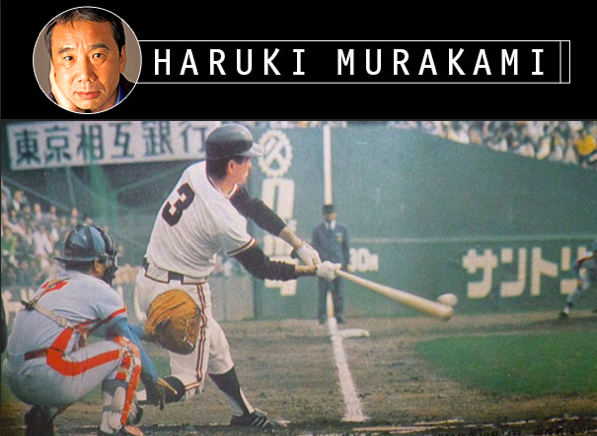It’s always demoralizing when a favorite song—Iggy Pop’s “Lust for Life” or the Rolling Stones’ “Brown Sugar” come to mind—is co-opted to sell soda or Caribbean cruises.
Poetry, however? I’m not ungrateful to have some smuggled into my day by a commercial carrier whose agenda is somehow less suspect. Would that we lived in a world where the poetry of Ted Hughes or Emily Dickinson might be seen as having the power to sell viewers on a particular brand of pizza or automobile.
It almost seems we do, given the response to “The Human Family,” a new Apple spot showcasing the iPhone’s camera capabilities with a slideshow of portraits submitted by users the world round. The images—already captivating—are made more so by the unmistakeable voice of the late Maya Angelou, whose poem, “The Human Family,” supplies both title and inspiration.
It’s very stirring, as befits an ad debuting during the Olympics’ opening ceremony. (I weep that the Super Bowl failed to make the Dr. Angelou commercial parodies of yore a reality.)
The one-minute spot shaves a bit off the poem, but perhaps it is okay to leave a bit behind as a reward for viewers moved to look it up on their own.
The complete text is here. Below, find a non-Apple-sponsored video that matches the same narration to a slideshow featuring the author at various stages of life. The reading will be added to our collection, 1,000 Free Audio Books: Download Great Books for Free.
Related Content:
Watch a Music Video & Hear Tracks From Maya Angelou’s Posthumous Hip-Hop Album, Caged Bird Songs
Maya Angelou Reads “Still I Rise” and “On the Pulse of the Morning”
Ayun Halliday is an author, illustrator, theater maker and Chief Primatologist of the East Village Inky zine. Her latest script, Fawnbook, is available in a digital edition from Indie Theater Now. Follow her @AyunHalliday.


